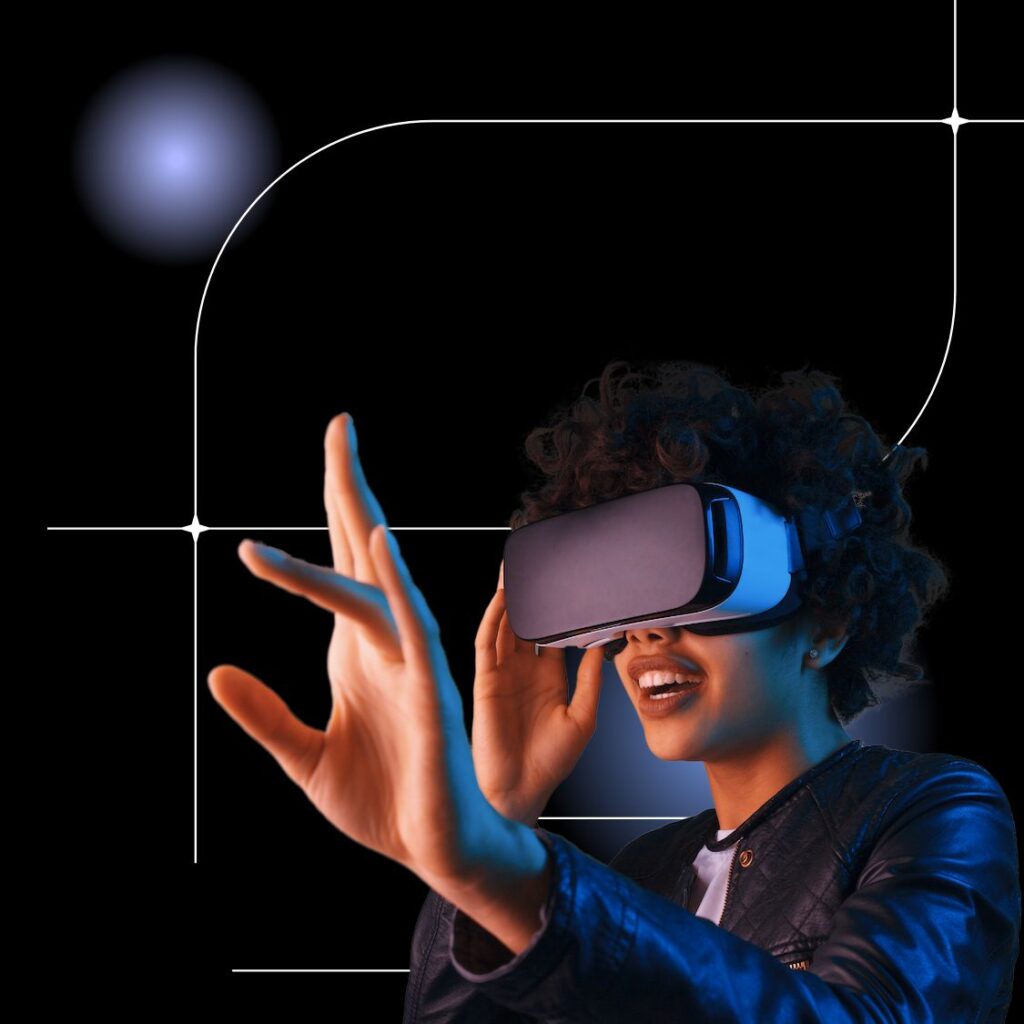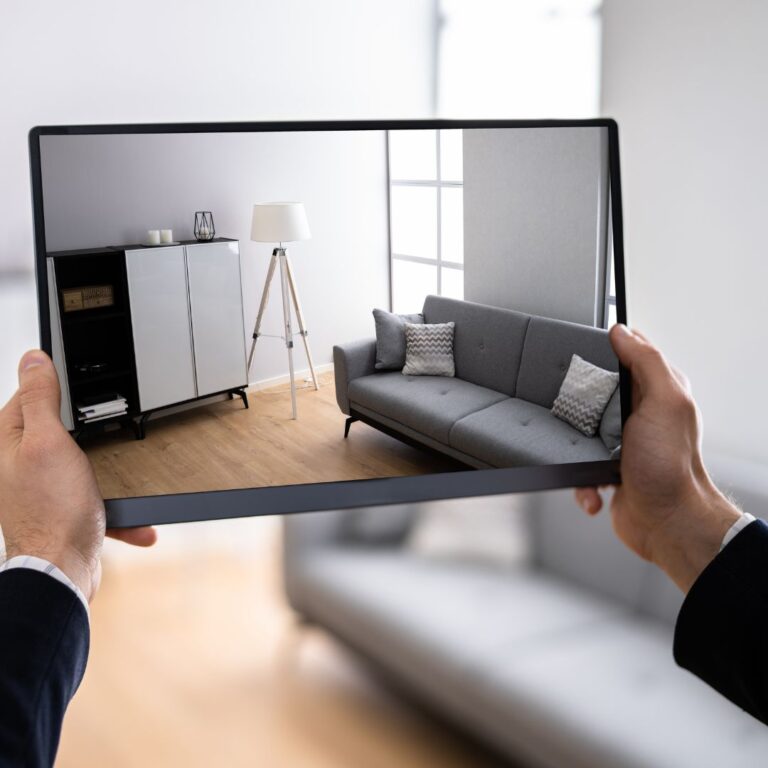
In the rapidly evolving real estate market, virtual tours have become an indispensable tool for showcasing properties. These immersive experiences offer potential buyers and renters an opportunity to explore properties from the comfort of their homes. As real estate professionals, mastering the art of creating engaging virtual tours is crucial for staying competitive. In this comprehensive guide, we will delve into the best practices for creating engaging virtual tours, ensuring that your properties stand out and captivate potential clients.

Virtual tours offer several advantages over traditional property showings. They allow potential buyers to explore properties at their own pace, revisit specific areas, and share the experience with others. This convenience can significantly increase the likelihood of a sale or rental. Moreover, virtual tours can reach a global audience, expanding your market reach and attracting international clients.
Creating engaging virtual tours starts with selecting the right equipment. The quality of your virtual tour significantly depends on the tools you use. Here, we’ll explore the essential gear that ensures your virtual tours stand out.
A high-resolution 360-degree camera is the cornerstone of any successful virtual tour. These cameras capture the entire environment in high detail, allowing viewers to look around as if they were physically present.
For those seeking the highest level of professionalism and detail, the Matterport Pro2 3D Camera is an excellent choice. This camera not only captures high-resolution 3D images but also integrates with Matterport’s robust platform for creating immersive virtual tours.
A sturdy tripod is essential for maintaining camera stability during shoots. Wobbly or uneven footage can be distracting and detract from the overall quality of the virtual tour.
Features to Look For:
Lighting can make or break the quality of your virtual tour. Natural light is ideal, but additional lighting equipment is often necessary to ensure even illumination throughout the property.
Recommended Lighting Gear:

Before you start shooting, plan your virtual tour carefully. Identify the key features of the property that you want to highlight, such as spacious living areas, modern kitchens, or stunning views. Create a storyboard or a shot list to ensure you cover all important areas systematically. This planning stage is crucial for creating a cohesive and engaging tour.
A well-staged property makes a significant difference in virtual tours. Ensure the property is clean, decluttered, and well-lit. Arrange furniture and decor to create an inviting atmosphere. Pay attention to small details, such as fresh flowers or a bowl of fruit, to add a touch of homeliness. Remember, the goal is to make the property look its best while maintaining a realistic feel.
When shooting the virtual tour, start with a warm welcome at the entrance. This sets a positive tone and invites viewers to explore further. Use smooth and steady movements to capture each room, and avoid sudden jerks or rapid panning. Highlight unique features by zooming in or taking close-up shots. Always shoot in landscape mode to provide a wider field of view.
Editing is a critical step in creating a polished virtual tour. Use software like Matterport or Kuula to stitch together your footage and create a seamless tour. Add interactive elements such as hotspots to provide additional information about specific features or rooms. Enhance the visuals with color correction and brightness adjustments to ensure the property looks vibrant and appealing.
A well-narrated virtual tour can significantly enhance the viewing experience. Provide a voice-over that guides viewers through the property, highlighting key features and offering insights. Background music can also add to the ambiance, but ensure it is subtle and does not distract from the tour. Choose music that matches the property’s style and mood.

To maximize the reach of your virtual tours, optimize them for search engines. Use relevant keywords such as “virtual tour,” “real estate,” and “property showcase” in the title, description, and tags. Embed the virtual tour on your website and promote it through social media channels. This increases visibility and attracts more potential buyers to your listings.
Make your virtual tours interactive by adding clickable hotspots that provide additional information, such as room dimensions or special features. Include call-to-action buttons that allow viewers to schedule a showing, contact you for more details, or even make an offer. These interactive elements can turn passive viewers into active leads.
Every property has unique features that set it apart. Whether it’s a panoramic view, a luxurious master suite, or a custom-designed kitchen, make sure to highlight these in your virtual tour. Use close-up shots, detailed descriptions, and interactive elements to draw attention to these standout features.
With an increasing number of users accessing content on mobile devices, it’s essential to ensure your virtual tours are mobile-friendly. Test your tours on various devices and screen sizes to ensure they load quickly and provide a smooth viewing experience. Mobile compatibility can significantly increase the accessibility and reach of your virtual tours.
Feedback from viewers can provide valuable insights into how to improve your virtual tours. Encourage clients to share their thoughts and suggestions. Use this feedback to refine your future tours, making them even more engaging and effective.
For empty properties, virtual staging can be a game-changer. Use software to add virtual furniture and decor to give potential buyers a better sense of the space and its possibilities. Virtual staging can make a property feel more welcoming and help buyers visualize themselves living there.
Different types of properties require different approaches to virtual tours. For example, a luxury home might benefit from a more cinematic approach with high-quality visuals and dramatic music, while a cozy apartment might focus on its practicality and charm. Tailor your virtual tours to suit the specific property type and target audience.
When creating virtual tours, it’s important to consider legal and ethical aspects. Ensure you have permission to film the property and that you respect the privacy of current occupants. Avoid misleading representations and ensure the virtual tour provides an accurate depiction of the property.

The Role of Virtual Reality in Real Estate
Virtual reality (VR) is taking virtual tours to the next level. With VR, potential buyers can immerse themselves in a property and explore it as if they were physically there. Investing in VR technology can give you a competitive edge and provide an even more engaging experience for your clients.
Training and Development
Staying updated with the latest trends and technologies in virtual tours is crucial. Attend workshops, webinars, and industry conferences to enhance your skills. Continuous learning and development will ensure you remain at the forefront of virtual tour creation.
Future Trends in Virtual Tours
The future of virtual tours is bright, with advancements in technology continually enhancing the experience. Augmented reality (AR), AI-driven personalization, and 3D modeling are just a few trends to watch. Stay informed about these developments and be ready to incorporate them into your virtual tours.
Creating engaging virtual tours is both an art and a science. It’s about showcasing the property in the best possible light while providing a realistic and immersive experience for potential buyers. Remember to stay authentic, as honesty builds trust with your audience. By following these best practices and continuously refining your approach, you can create virtual tours that not only captivate but also convert viewers into buyers.

With over a decade of experience in website creation, I specialize in crafting seamless user experiences and visually stunning designs. As a seasoned web designer, SEO specialist, and marketing director in major companies, I excel in optimizing websites for search engines and driving targeted traffic through SEM. Passionate about teaching, I aim to inspire my students to think creatively and push boundaries as a dedicated marketing instructor.